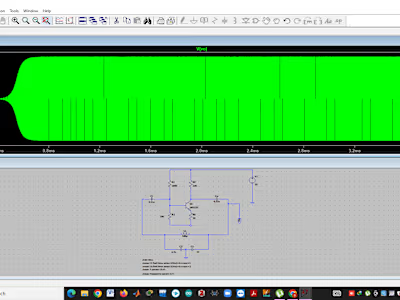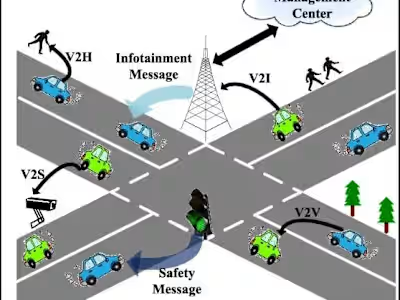IoT Project with Arduino
The goal of this work is to create
an automated lighting system that also counts visitors. This work aims to boost
energy efficiency, strengthen security, and provide better service to end users
in a variety of environments. The lack of a unified system that is capable of
both automatic light control and reliable visitor counting is the focus of this
study. An automatic lighting system that responds to occupancy levels, a
visitor counting mechanism that allows for real-time tracking and counting, and
a seamless integration of the two systems are all part of the project's
intended outcomes. The work's relevance comes in the fact that it can cut down
on energy waste, beef up security, and provide a better experience for
visitors. Sustainable and cost-effective, automatic light controls turn on
lights only when they are needed. Crowd management, security, and resource
allocation are all improved by having an accurate headcount of visitors. This
work has a wide range of possible uses, including commercial and retail
establishments, schools, and other public places. Benefits in energy
efficiency, security, and user experience make this system useful in many
settings. The approach of the project includes the use of algorithms for
visitor counts and light control decisions, data collecting via occupancy
sensors and video analysis, and the selection and installation of suitable
hardware and software components. The architecture of the system is set up to
promote efficient interaction between its parts. The testing and analysis show
that the visitor counting algorithm works well, that occupancy detection is
accurate, and that automatic light management saves energy. The system's
versatility and efficacy are demonstrated by an examination of its operation
under a range of settings. The system's advantages lie in its precise algorithm
for counting visitors, its effective method for controlling lights, and its
ability to improve energy efficiency and visitor management. However, certain
constraints exist, such as a reliance on carefully placed sensors and ideal
climatic conditions. Future research directions are offered to address issues
observed throughout the study. These include improving the visitor counting
algorithm, investigating advanced computer vision techniques, and developing
adaptive lighting management systems. In conclusion, this work aids in the
creation of smart systems that boost safety, save money on utilities, and
enrich the experiences of those who come. Benefits in resource management,
sustainability, and user pleasure can be realized when automatic light control
is combined with precise visitor counting in a variety of circumstances.
Like this project
Posted Dec 24, 2023
Developed an IoT project using Arduino, highlighting my proficiency in hardware programming and integration.
Likes
0
Views
2



